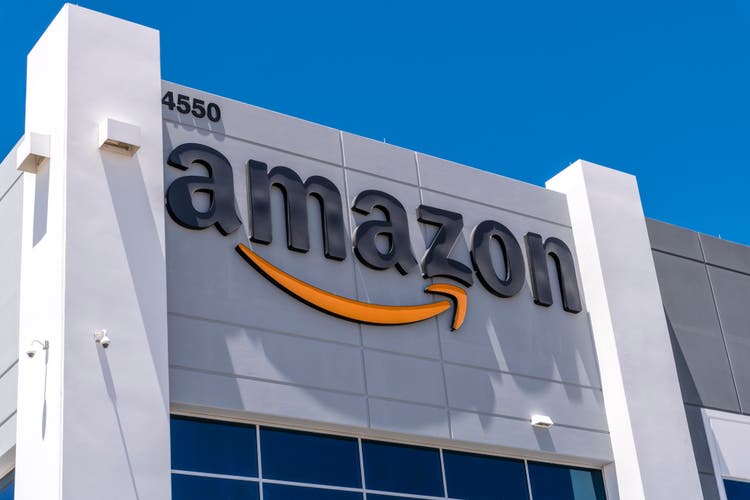
4kodiak/iStock Unreleased via Getty Images
Amazon (NASDAQ:AMZN) is not expected to see a major payoff from its Project Kuiper satellite business for at least a few years, but there is the potential that the launch of satellites next year could spark interest from investors looking at the long-term potential.
On the positive side, Bank of America noted that there are 2.6 billion people worldwide who do not have broadband access, and pointed to a 2032 global revenue potential of more than $26 billion. There are also business synergies to consider if Amazon’s (AMZN) logistic network (including AVs, trucks, drones, and delivery robots) could benefit from an always available, connected network. BofA analyst Justin Post also pointed out that AWS’s enterprise and government customers could see use cases. “Still, with Kuiper losses expected to grow, and Amazon’s market cap over $1.8 trillion, we think it will be years before any Kuiper related market cap expansion is possible for AMZN,” he summarized.
For the near term, BofA sees limitations on disposable income for the unconnected. In addition, Amazon’s (AMZN) satellite service faces established competition from Starlink and will continue to require big upfront investment, as well as high recurring costs. BofA thinks a satellite service would require 7 million subscribers just to break even on annual replenishment costs.
Amazon’s (AMZN) Project Kuiper is an ambitious initiative to provide global broadband access through a constellation of 3,236 satellites in low Earth orbit. The project aims to bridge the digital divide by delivering fast, affordable internet to unserved and underserved communities worldwide. Amazon is investing heavily in the project, including $120 million for a state-of-the-art satellite processing facility in Florida. The company has secured 80 launches from various providers to deploy its satellite constellation. The system combines satellites with compact customer terminals, a global network of ground stations, and communications infrastructure powered by Amazon Web Services.
